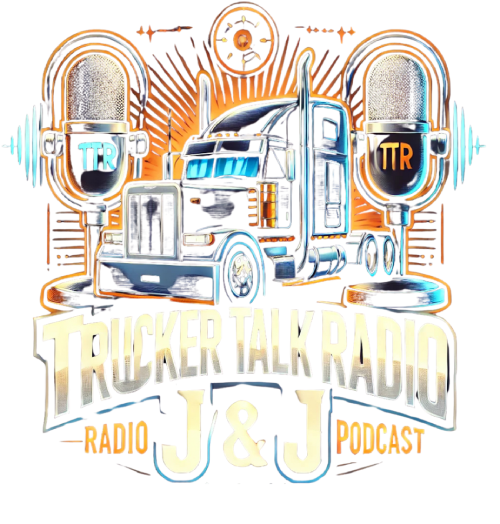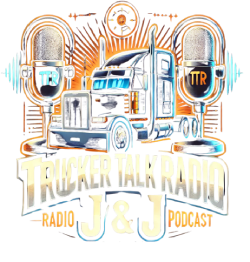The U.S. trucking industry, a crucial component of the economy, is confronting soaring insurance expenses and overwhelming court judgments.
During a recent NationalLease conference, Richard Leibfried, president of RJL Insurance Services, highlighted these escalating costs as one of the greatest challenges for trucking fleets. Of particular concern are “nuclear verdicts,” which are legal awards exceeding $10 million and pose a serious risk to the financial health of both small and large operators.
A Legal Framework Unfavorable to Fleets
The federal insurance requirement for trucking companies stands at $750,000, which is minimal compared to the large settlements often granted in severe accidents causing serious injuries or fatalities. Such settlements can soar into the tens of millions, frequently leading to financial downfall for fleets. Disturbingly, trucking firms are frequently deemed responsible for large payouts even when the accidents are mainly caused by passenger vehicles.
For instance, a Florida jury recently awarded $125 million in punitive damages related to a 2020 accident involving a small fleet operator. Although there were no fatalities, severe injuries occurred. Notably, the small fleet had been out of operation for two years and faced various legal challenges, illustrating the significant financial pressure on trucking companies.
Escalating Verdicts Result in Higher Insurance Costs
The increasing insurance premiums are worsening the financial strain on trucking companies, which already operate on slim margins. Over the last decade, insurance rates have risen as underwriters contend with growing risks, driven by nuclear verdicts, more frequent accidents, and rising repair costs for advanced technological vehicles. Small operators find these financial pressures particularly tough to handle, often lacking the ability to absorb these increases. Consequently, many trucking firms resort to passing costs on to shippers, cutting maintenance budgets, or limiting fleet growth—actions that threaten their competitive edge and long-term survival.
Implementing Proactive Measures
For an industry already working with narrow profit margins, these challenges are critical. Coupled with maintenance issues, inadequate insurance, and a driver shortage, the situation resembles a perfect storm. However, fleets can take proactive measures to reduce these risks, such as:
Focusing on Maintenance
Proper maintenance is essential not just for operational success but also for safety and legal safeguards. The 2023 CVSA International Roadcheck yielded concerning findings: brake system violations amounted to 43% of all out-of-service infractions, with tire issues contributing an additional 22%. These mechanical failures frequently lead to serious accidents.
To counter these challenges, fleets must adopt a dual strategy:
Strengthening Driver Standards
Drivers are the most vital yet unpredictable factor in fleet safety. Hours-of-service violations rank as the most prevalent driver-related out-of-service issues. Alarmingly, more than a quarter of drivers inspected during the CVSA Roadcheck did not possess a commercial driver’s license. Substance abuse is another concern, with numerous violations recorded for drugs and alcohol during inspections.
As Leibfried emphasized, addressing these issues necessitates:
– Stringent hiring practices
– Comprehensive defensive driving training
– Continuous coaching to instill safe driving habits
Embracing Technology
Utilizing advanced safety technology can significantly diminish accidents and liability risks. Modern systems like automatic emergency braking, lane departure warnings, and collision mitigation tools greatly enhance fleet safety. According to a 2021 Bosch study, such technologies might lower injury-related truck accidents by 23%, and findings from the Insurance Institute for Highway Safety indicate that forward collision mitigation systems can decrease front-end collisions by 44%.
Though the initial costs are high, investing in these technologies represents a smart long-term strategy. In legal situations, showing a commitment to safety can heavily influence case outcomes.
The Need for Tort Reform
While improvements in operations can help lower risks, they won’t tackle the root problem of imbalance in punitive damages. Tort reform is essential to establish a legal framework that correlates damages with actual harm rather than granting excessive windfalls. Although legislative modifications may take time, fleets need to act promptly by enhancing defenses and proactively minimizing accident risks.
The Path Forward
The trucking sector stands at a pivotal moment. The challenges are daunting, but so are the implications. Insurance transcends being a mere business expense; it’s a lifeline that can determine the difference between survival and failure.
By prioritizing maintenance, enforcing stringent driver standards, and investing in advanced technology, fleets can alleviate risks and navigate a complex legal environment. Ultimately, the trucking industry is not just about transporting goods; it’s about driving progress.


